The Untold Story Behind WWII’s Famous Crying Child-Soldier Photograph
This haunting photograph from 1945 features a young German soldier, Hans-Georg Henke, who was just 16 years old at the time, shedding tears. The image has come to symbolize the intense despair Germans experienced in the final days of World War II.
Yet, the story behind this powerful photo is not entirely straightforward. As you dig deeper, you’ll find conflicting accounts about the true context of this moment. The question remains: what is the real story behind this striking image?
Hans-Georg Henke joined the Luftwaffe at a young age
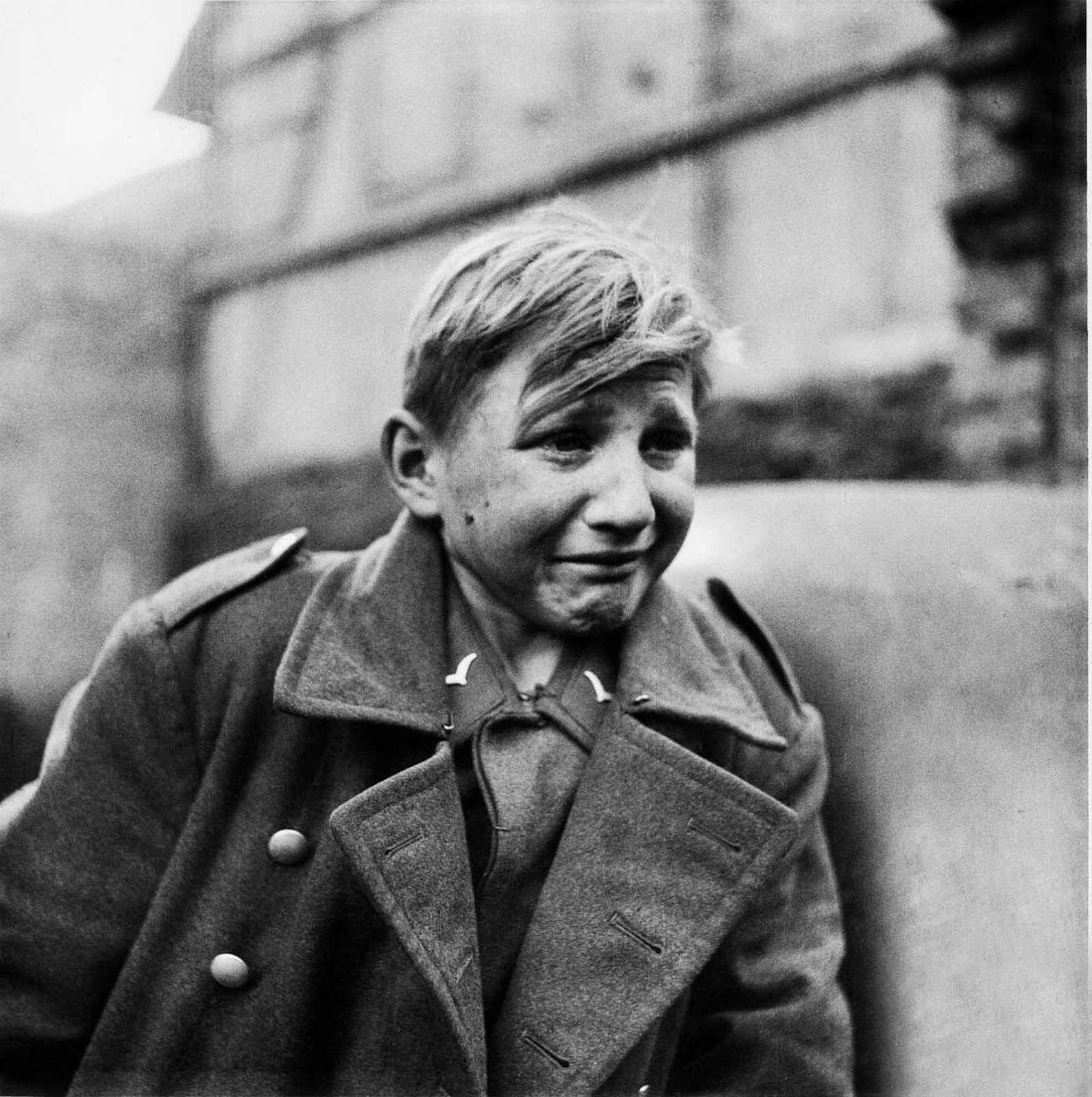
Hans-Georg Henke faced a tough childhood marked by tragedy and loss. His father, a Communist sympathizer, passed away in 1938 when Hans-Georg was only 9 years old. Just six years later, his mother died, leaving him and his two brothers orphaned.
Hans-Georg desperately needed work to support his remaining family and chose to join the German military, specifically the Luftwaffe.

The Luftwaffe, Germany’s air force, was formed to defy the Treaty of Versailles, which had banned Germany from having an air force after World War I. Established in the interwar years, the Luftwaffe quickly became one of the most advanced and skilled air forces in the world.

By the time World War II broke out, its pilots were renowned for their expertise, and their aircraft were state-of-the-art. At just 15 years old, Henke joined these elite pilots and began his service, contributing to Germany’s early victories in Poland and Western Europe.
How Hans-Georg Henke remembered the photo
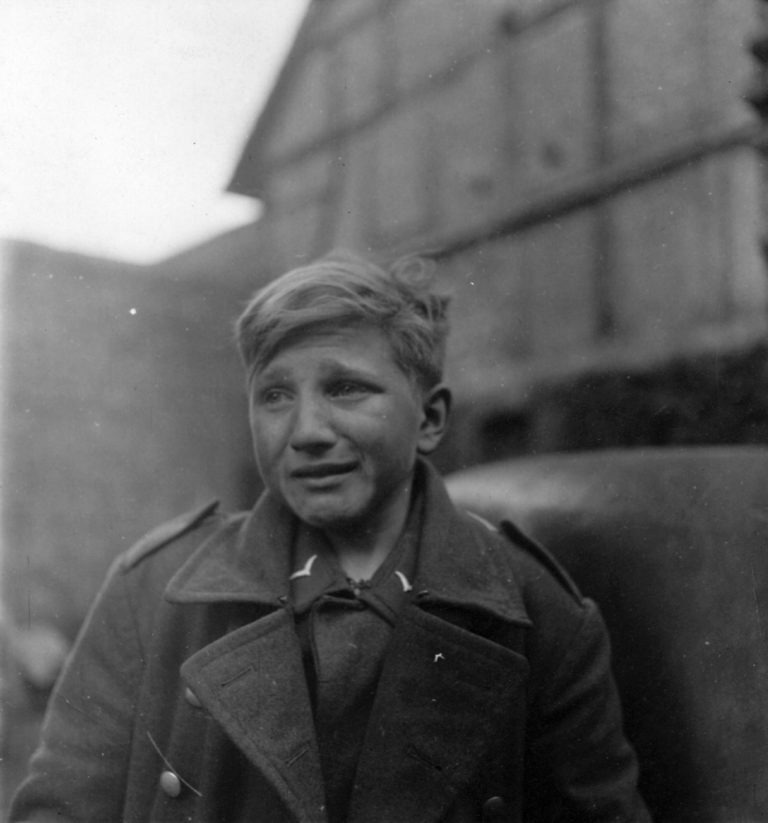
Hans-Georg Henke’s account of his wartime experience paints a vivid and emotional picture. According to Henke, he was stationed in Stettin with a battery of 88mm guns when the Soviet forces began their relentless advance.
As the Germans were pushed back toward Rostock, Henke’s unit was eventually overrun by the Soviets. It was during this chaotic retreat that the famous photographs of him crying were taken.
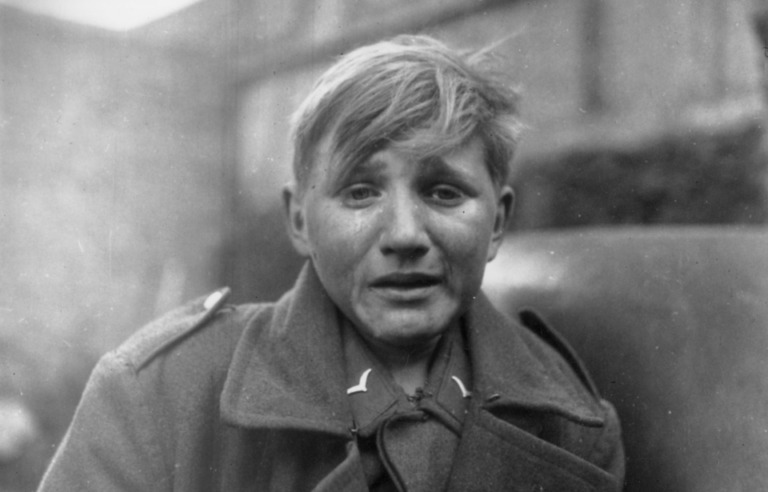
One particularly striking photograph captures Henke in a moment of utter despair. Henke maintained that this image was snapped just after the Soviet forces had overwhelmed his position in Stettin.
Henke explained that his tears represented the crushing realization that his familiar world was collapsing. He vividly remembered feeling defeated and worn out, his body in tatters and his feet covered in rags.
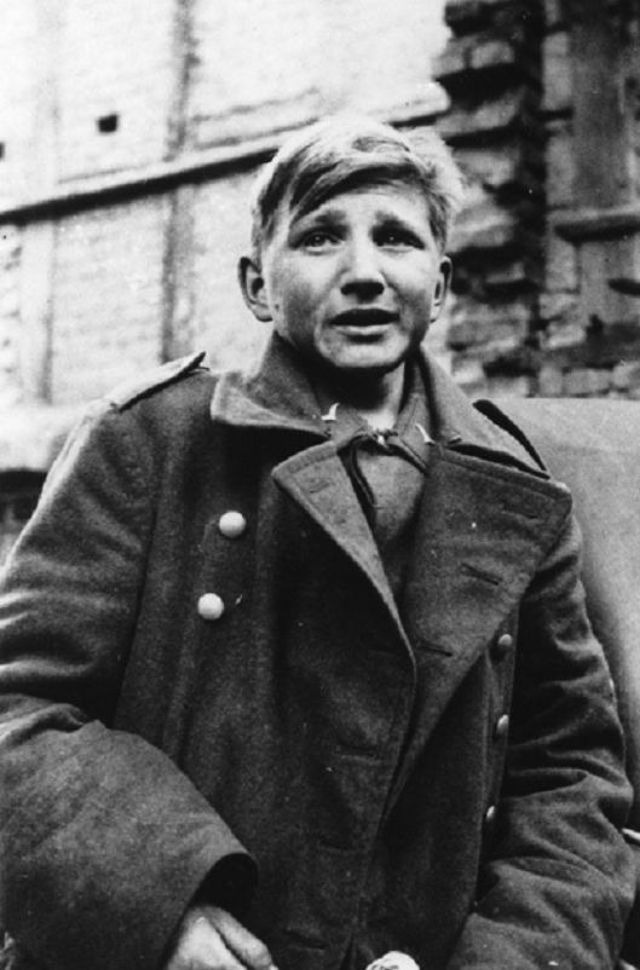
Henke survived World War II and later became a member of the Communist Party in East Germany. He consistently shared this version of the story until he passed away on October 9, 1997, at the age of 69.
The photographer had a different recollection of events
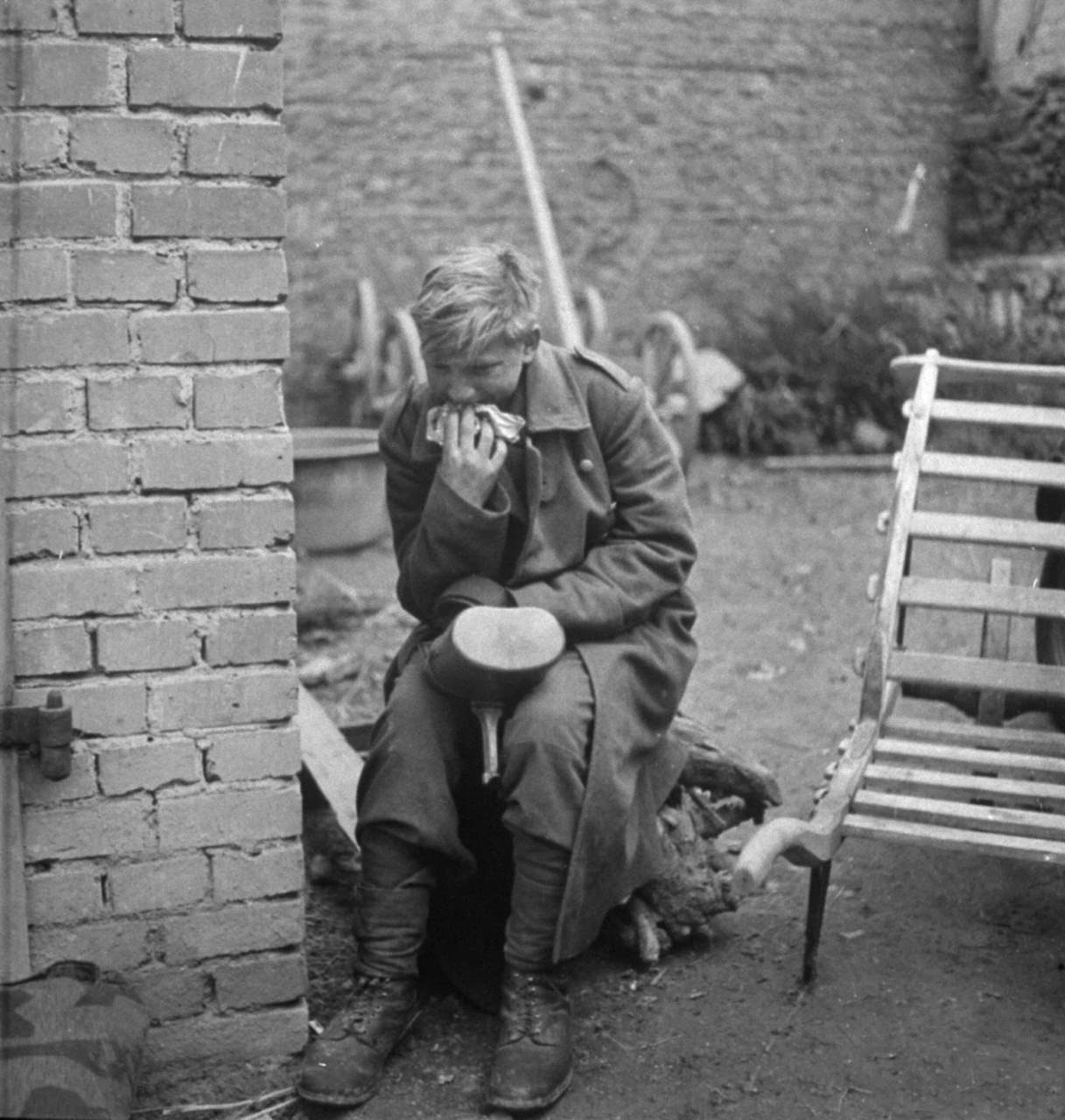
American photojournalist John Florea, who claimed ownership of the photograph collection, disputed Hans-Georg Henke’s long-held account. According to Florea, the images were taken not in Stettin but in the village of Rechtenbach in Hüttenberg, Hessen.
Contrary to Henke’s story of a Soviet advance, Florea asserted that it was American forces who had overrun Henke’s position. He suggested that Henke’s tears were due to combat shock rather than the defeat he described.
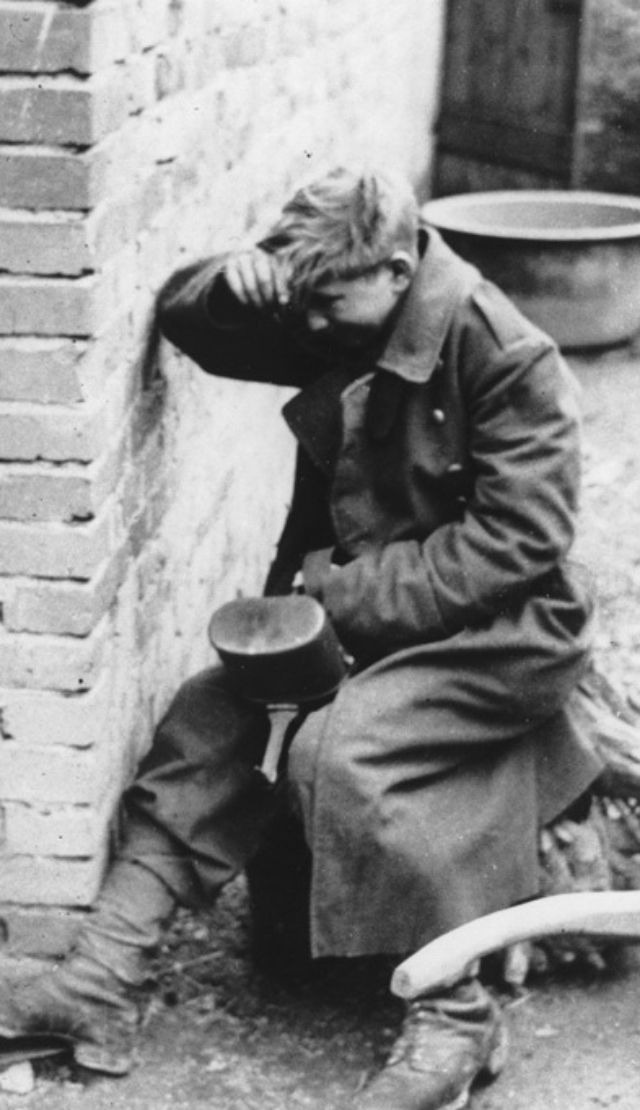
Years later, comparisons between the wartime photos of Henke and those of Rechtenbach revealed intriguing details. The buildings in both sets of images match, confirming the location.
However, discrepancies in Henke’s footwear raised questions. Henke had claimed to be wearing rags, yet the photographs clearly show him in boots.
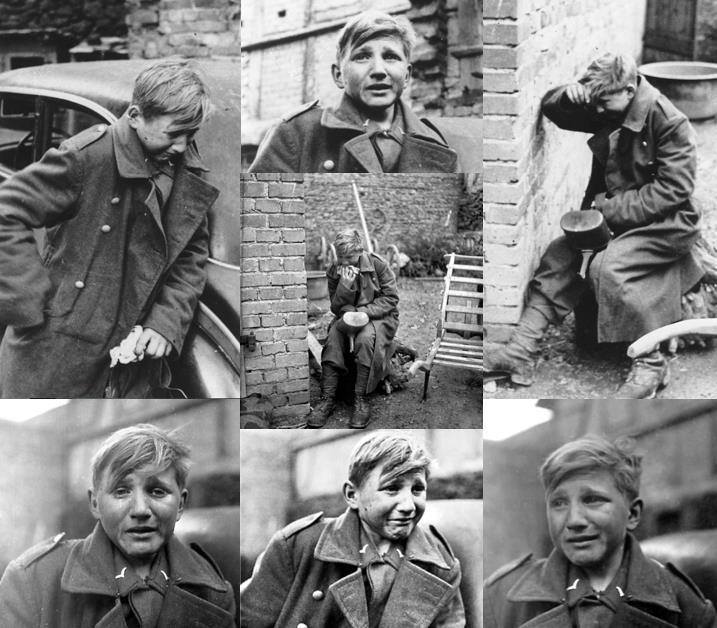
This inconsistency prompts speculation: Was Henke’s account influenced by shock, or is there another reason for the alteration in his story?
Why change the story?

Historians speculate that Henke altered his story to align with his new political identity as a communist.
The Communist Party in East Germany viewed surrendering to American forces as a serious dishonor, often equating it with betrayal.
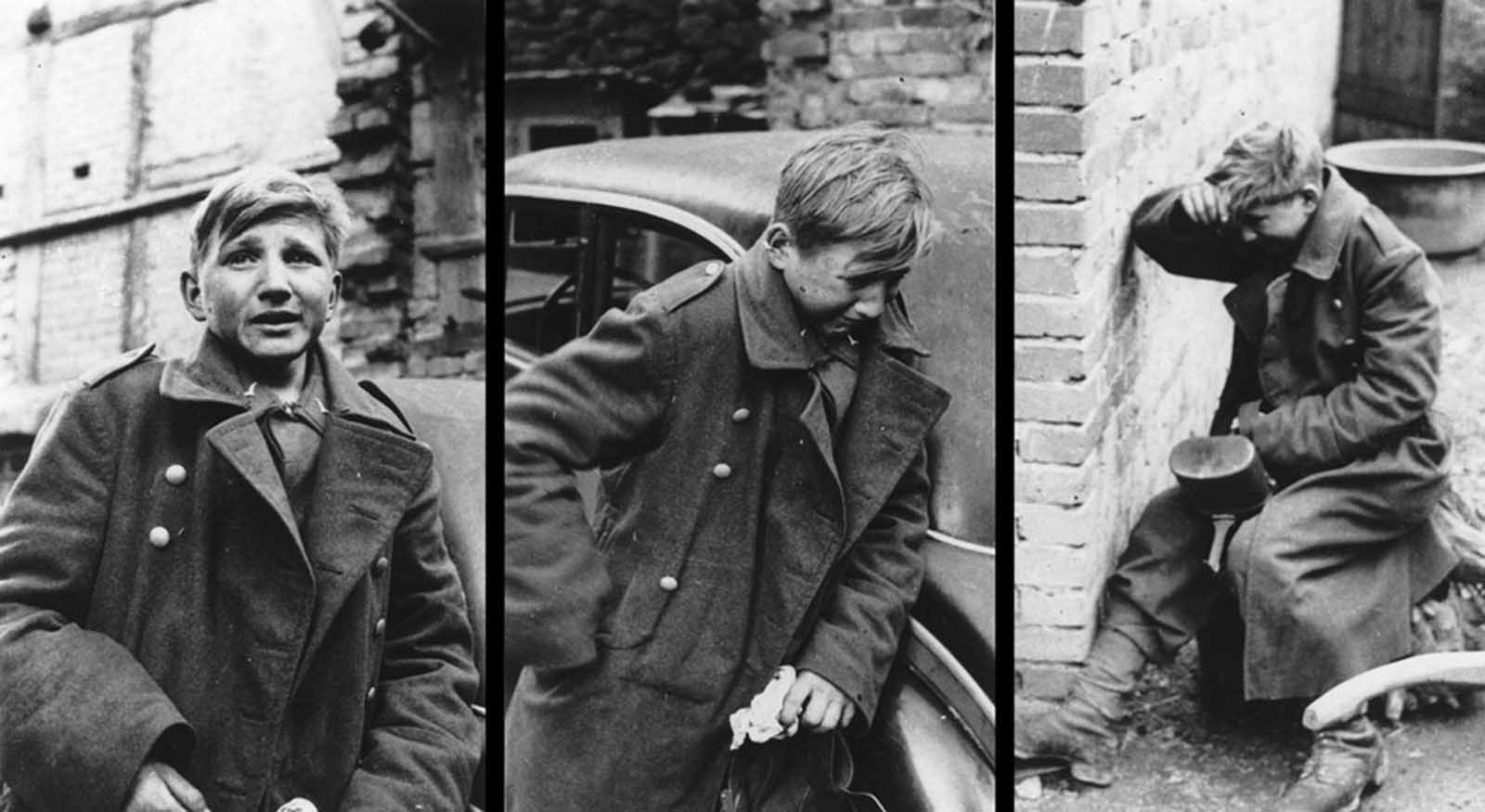
This negative perception meant that those who had been captured by the Americans were seen as potential threats or collaborators with the West.
By claiming he was captured by Soviet forces rather than Americans, he was able to fit into the Communist narrative and avoid being branded a collaborator with the West.
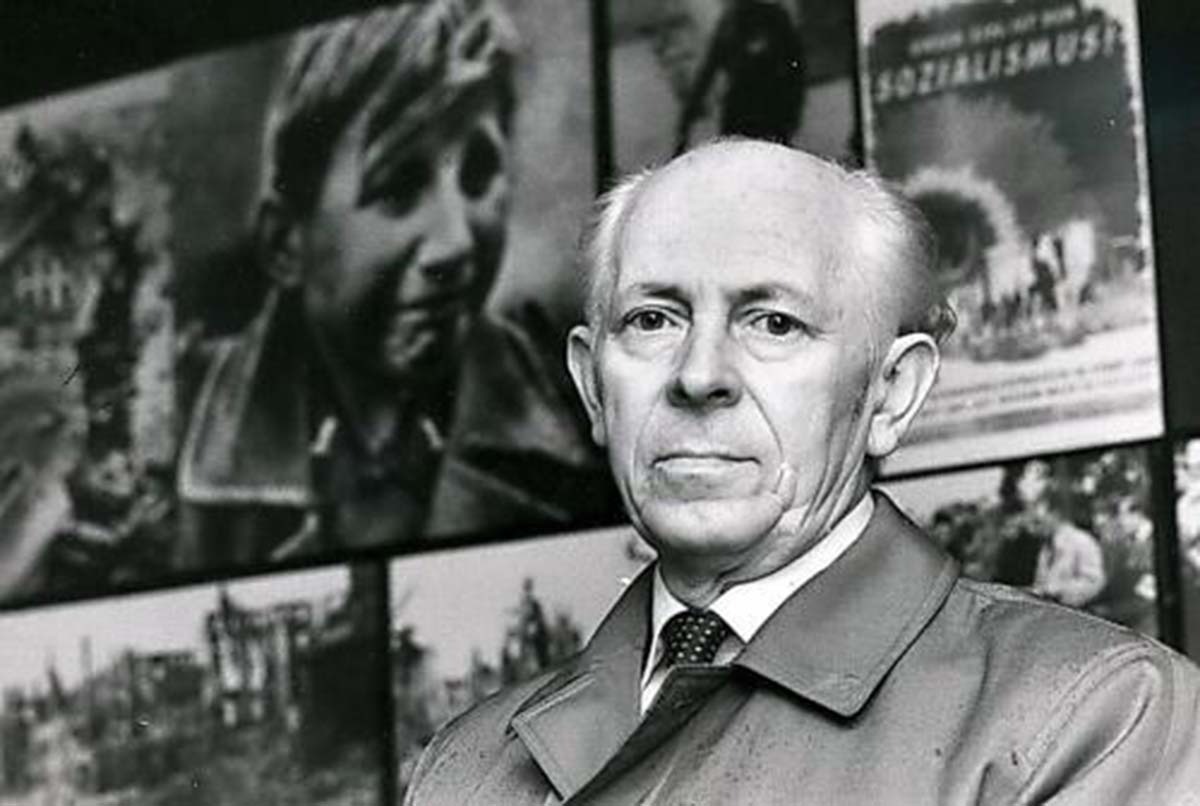
This strategic change allowed him to maintain a favorable position within the Communist regime and avoid scrutiny.

